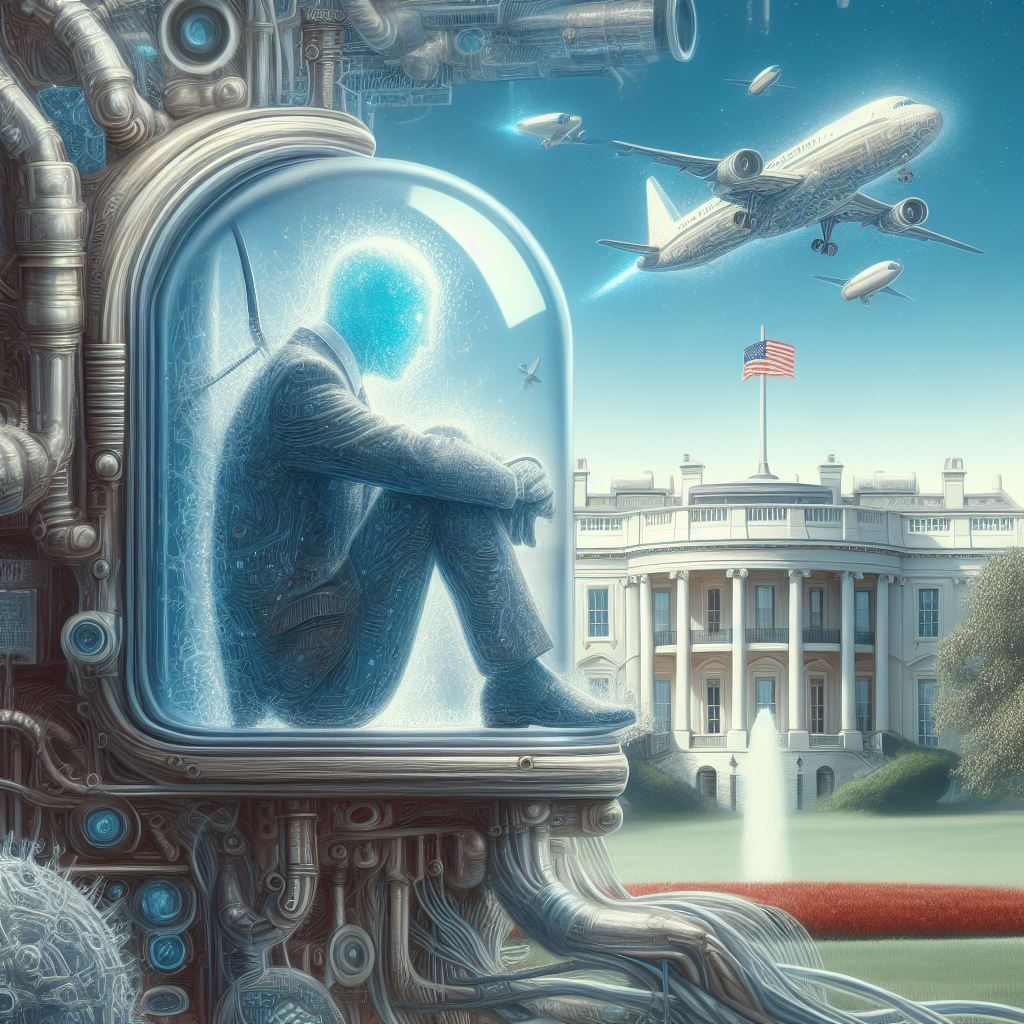New York City’s pioneering AI hiring law (NYC Law 144) has come into effect, compelling businesses to adhere to regulations governing the use of artificial intelligence in employment decisions. The law, although not a complete prohibition, lays down guidelines for AI implementation in hiring processes. This groundbreaking regulation impacts companies operating in NYC and beyond, necessitating compliance and raising questions about transparency, bias, and future legislative harmonization.
Cross-border compliance
The scope of NYC’s AI hiring law extends beyond local entities. Companies with operations and employees in NYC, even if headquartered elsewhere, are bound to comply. The law’s focus is on the application of AI in hiring decisions, rather than banning its use outright. The requirement for global enterprises to adapt to this local legislation signifies the growing influence of AI in various sectors.
AI’s current role in diverse industries
AI’s presence across industries is undeniable. Healthcare, manufacturing, retail, and others have incorporated AI for diverse applications. Examples range from oncologists using AI for precise cancer diagnosis to manufacturing and retail optimizing logistics based on predictive buying patterns. Amid this landscape, NYC 144 addresses the specific aspect of AI in personnel decisions, causing apprehensions in a job market marked by high demand and low unemployment rates.
Balancing regulation and inovation
Prominent figures like Microsoft’s Brad Smith and Google’s Sundar Pichai have endorsed regulatory frameworks for AI. However, regulations should be balanced to avoid hindering the benefits AI brings to job seekers and hiring managers. The historical evolution of recruiting, rife with biases, has transformed with AI’s ability to match candidates with suitable roles impartially. While regulations are vital, they must allow for insightful experiences that facilitate informed employment decisions.
AI’s counter against bias
AI’s intervention in the recruitment process reduces bias in two significant ways. Firstly, it counters shortcuts in decision-making by focusing on a broader candidate pool rather than traditional criteria. Secondly, AI-driven bias detection, coupled with real-time reporting, enables organizations to address discriminatory practices promptly. This dual approach — human control and AI support — fosters fairness and minimizes biases in hiring.
Potential laws and their impact
Contemplated laws in Europe that curtail personalization in talent acquisition could impede job prospects not only for external candidates but also for internal employees seeking role transitions. Stringent regulation might lead to unintended consequences by shifting decision-making entirely to humans, potentially incurring legal consequences. NYC’s law aligns with a broader trend in regulatory measures encompassing AI technologies.
Transparency and communication
Explanatory clarity in AI notifications is pivotal to prevent undue fear. Transparency is a requirement of the regulation and aids in minimizing misconceptions. Simplifying notifications to eliminate jargon ensures that individuals understand AI’s role and its potential benefits, countering dystopian narratives often associated with AI adoption.
Steps for business leaders
Navigating NYC’s AI hiring law requires proactive measures from business leaders. Recommendations include refining notification content to clearly articulate AI usage, engaging in the regulatory process, and preparing for audits to ensure compliance. Collaboration between organizations and governmental bodies ensures alignment and a balanced approach to policy formulation.
Ensuring uniformity in regulations
The complexity of AI regulations increases with the possibility of state-specific laws. A patchwork of legislations could impede businesses and hamper uniform compliance. Federal intervention is essential to establish consistent regulations across states. State lawmakers should communicate and align to avoid complications for job seekers.
Federal legislation and technological pace
Federal legislation is necessary to maintain pace with AI’s rapid evolution. Technological advancements outpace the legislative process, necessitating proactive regulation. The role of federal lawmakers is pivotal in ensuring that regulations encompass AI’s dynamic nature.
NYC’s AI hiring law is an innovative step toward AI regulation. Businesses must balance progress and compliance to ensure positive hiring and promotion processes. Greater data and user input can enhance AI systems, shaping a future where technological advancements align seamlessly with legal frameworks.





